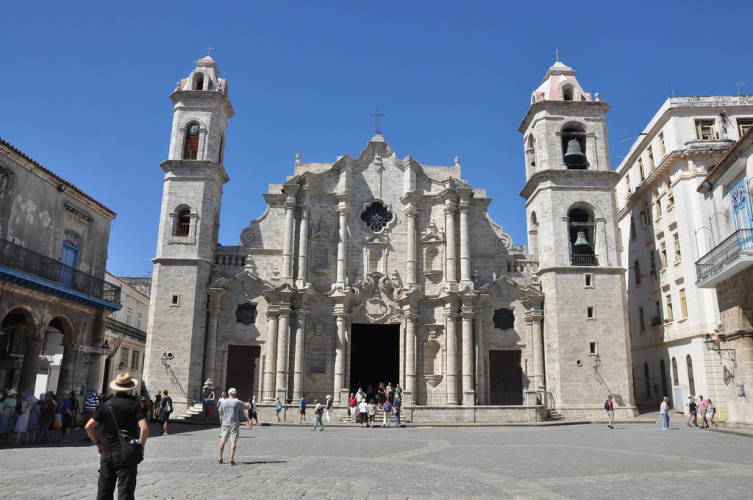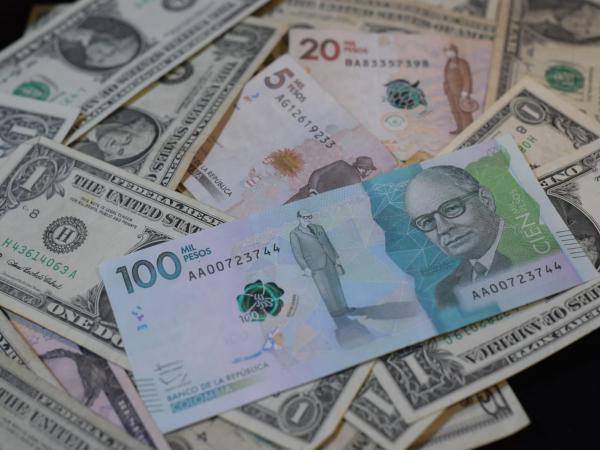Havana Cuba. — Before the iconic Havana Cathedral was baptized as such, the building it occupies today was destined to be a simple church of the Jesuit order, to which the San Carlos Seminary would be attached for the training of its priests. The seminary was completed in 1761, but the Jesuits never inhabited it because they were expelled from America in 1767, accused of conspiring against Catholicism.
Havana, by the way, had been stripped of its most notable religious construction due to the explosion, in 1741, of the ship “Invincible” of the Spanish Navy, whose hull, they say, landed on the Iglesia Parroquial Mayor, leaving it unusable. .
The expulsion of the Jesuits came as a glove to the clergy who had spent years writing desperate letters to the King of Spain to obtain permission to build a larger and more tasteful church. The Church of San Ignacio, half built, was the ideal space not only to enhance the image and power of Catholicism on the Island; but so that Havana, the capital city that was progressing rapidly, would finally have its cathedral.
It was not until 1772 that the transfer of the Parroquial Mayor de San Cristóbal de La Habana to the Church of San Ignacio was approved by Royal Decree. In 1789 the Cathedral was erected under the invocation of the Immaculate Conception of the Blessed Virgin Mary; but it was far from the paradigms of typology in terms of dimensions and concept.
Then a fever of reforms spread to give it, as far as possible, a more cathedral air. The old oratory was remodeled and the stone vault was built under the original wooden one; while on the façade, with a strong Baroque imprint, a gable was cast that failed to completely hide the traditional pitched roof that used to crown all lower-ranking churches.
The narrowness of San Ignacio street was a problem when building the second tower-bell tower, an obligatory inclusion to deserve the title of “Cathedral”. The result ended up attacking the symmetry of the façade; but it constitutes, without a doubt, another of its exceptional features.
The devotion and good taste of the Bishop Jose de Espada They ended up giving the property grace, solemnity and modern overtones, with the introduction of the neoclassical style in the furniture and interior decoration.
Mestiza, fortuitous, born almost from a carambola, the Cathedral is a pride for the inhabitants of the capital and an appreciable model of baroque architecture in the Caribbean. A day like today, 233 years ago, it was consecrated by the first bishop, Felipe José de Trespalacios, for the glory of the thriving Villa de San Cristóbal de La Habana.
Receive information from CubaNet on your cell phone through WhatsApp. Send us a message with the word “CUBA” on the phone +525545038831, You can also subscribe to our electronic newsletter by giving click here.






